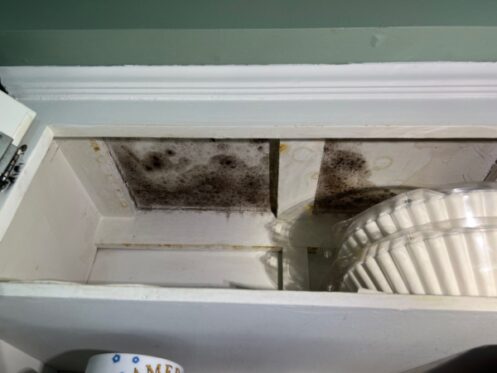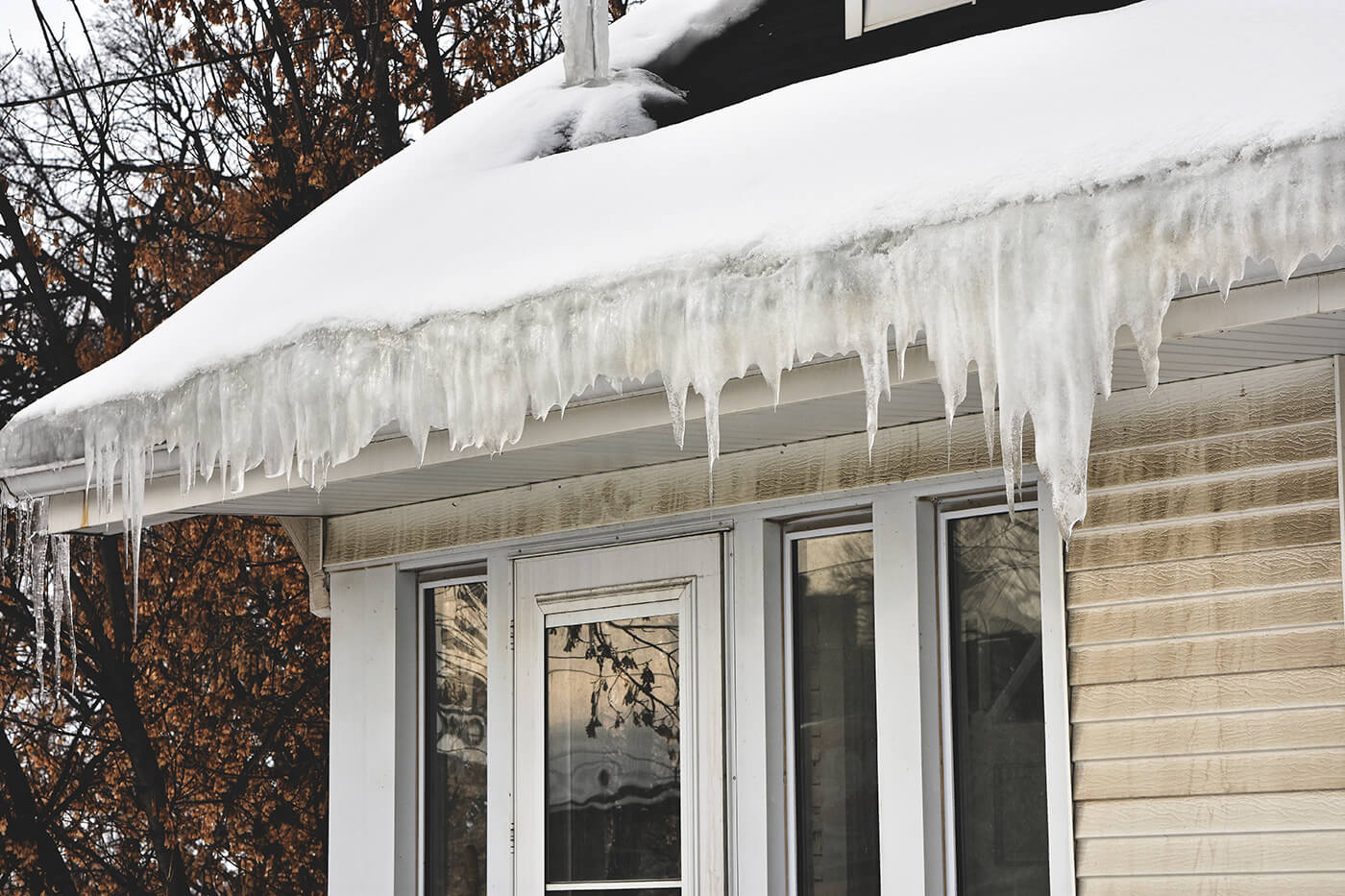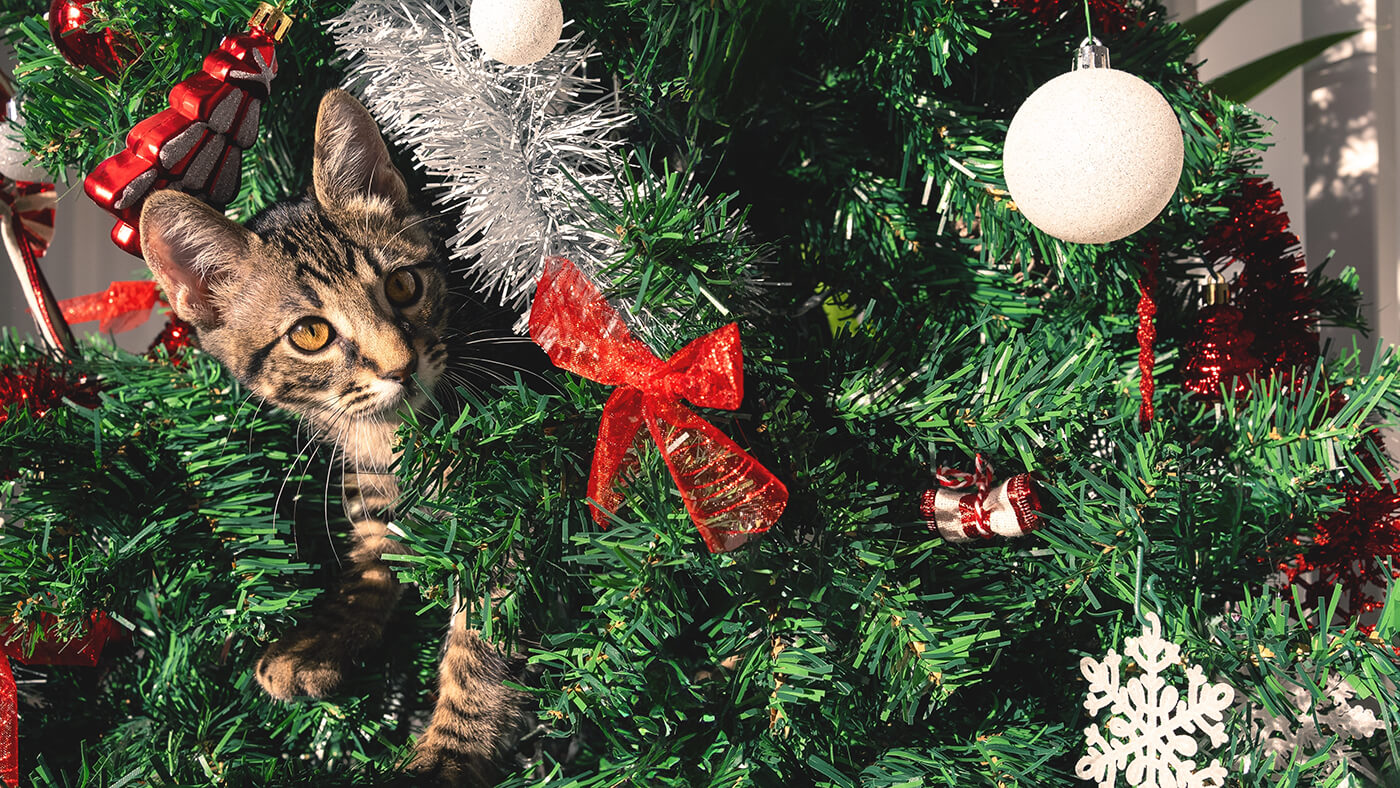Hurricanes can leave your home vulnerable to mold growth. After the storm passes, it’s crucial to take steps to prevent mold from taking hold. Your house doesn’t need to have extensive water damage for mold to grow. Just a few weeks of damp weather can be enough for mold to start creeping along your walls. Here are eight ways to reduce the risk of mold in your home after a hurricane:
1. Start dehumidifying as soon as possible
Every hour counts when dealing with hurricane damage. The quicker you dehumidify your home, the lower the risk of mold. While waiting for professional dehumidification, minimize the damage by running your air conditioner nonstop and turning on all fans in the home.
Place dehumidifiers in particularly damp areas, such as basements, bathrooms, or rooms where flooding occurred. This will help keep the humidity levels in your home below the threshold for mold growth. After the rain stops, open your windows to dry your home naturally. Monitor outdoor humidity levels and close windows if it’s damp outside.
2. Keep water out
After a flood, limit further damage by preventing more water from entering your home. Start by sealing any visible leaks in windows, doors, or walls with plastic sheeting or tarps. If your roof is damaged, cover it with a heavy-duty tarp to stop rain from getting inside. Make sure your gutters and downspouts are clear of debris to ensure proper drainage. Use sandbags around the foundation to block additional water from flowing into your home during heavy rainfall or rising floodwaters.
3. Inspect for water damage
Small amounts of mold growth in your home can be unavoidable in humid conditions. It’s crucial to catch mold early to prevent a small issue from becoming an expensive problem. Mold often grows in hidden spots, so check every corner of your home for water damage.
Take note of musty smells throughout your home. Look for black, gray, green, or brown patches on walls and ceilings. Also, search less obvious areas for signs of water damage, like inside cabinets, behind furniture, and in crawlspaces. Hurricane winds commonly cause roof leaks, so check your attic for signs of dampness or water pooling.
4. Discard wet textiles and furniture
Remove any textiles that have been damp for more than 48 hours. Items like carpets, furniture, and drywall can trap moisture, increasing indoor humidity levels and becoming a breeding ground for mold. If an object cannot be cleaned or thoroughly dried within that time, it’s often best to discard it to prevent mold from spreading.
Some items, like clothing, can be washed on an extra-hot cycle and saved. Other items, like soaked mattresses and soggy sofas, must be replaced to avoid long-term damage and mold problems.
5. Remove wet insulation
If the insulation is obviously wet, remove and discard it. Wet insulation typically cannot be reused, and it can harbor mold and cause long-term issues like warping wood. To know if your insulation is wet after a flood, look for telltale signs such as damp or discolored drywall, lingering humidity, or musty odors.
Still, finding wet insulation on your own can be tricky. A wall might feel dry to the touch, but the insulation inside may be damp. Some insulation might appear dry on the surface, but moisture is trapped inside. Mold mitigation specialists have tools to locate areas with compromised insulation.
6. Clean and disinfect surfaces
Sanitize your home thoroughly to effectively combat mold after a hurricane. Clean all affected surfaces, including floors, walls, and countertops. Use proper disinfectants on hard surfaces like glass, wood, and metal to help kill any lingering mold spores and bacteria. Always prioritize safety by wearing gloves and a mask while cleaning visible mold, as breathing in spores can be hazardous.
One of the most popular methods for cleaning mold is a diluted solution of bleach and water. Alternatives like hydrogen peroxide are also effective. Be cautious not to mix different cleaning agents, which can produce harmful gases. Use a sponge or rag to apply your preferred cleaner and gently scrub until all visible traces of mold are gone.
7. Choose the right construction materials
To prevent mold after a hurricane, it’s best to wait until your home is fully dry before starting repairs. However, this isn’t always an option. Many contractors will begin repairs once wood moisture levels are 14% or lower. If you plan on going this route, it’s crucial to choose your materials with care.
Opt for breathable materials that allow for air circulation. Steer clear of synthetic and waterproof materials. They can trap moisture inside your walls and prevent them from drying out fully. Vinyl wallpaper is the biggest culprit. During the repairs, opt for breathable materials that allow for air circulation. Steer clear of synthetic and waterproof materials. They can trap moisture inside your walls and prevent them from drying out fully. Vinyl wallpaper is the biggest culprit.
8. Monitor humidity levels for signs of mold
Controlling mold growth hinges on managing humidity. Even after the hurricane repairs, it’s crucial to keep an eye on your home’s humidity levels. Any humidity level above 60% can trigger mold growth.
Most hardware and big-box stores sell sensors that allow you to monitor indoor humidity. If you consistently get high humidity readings, you may need to run dehumidifiers more frequently or find other ways to dry your home’s interior.
Even after taking preventive measures, look for signs of mold. Look for musty odors, visible mold spots, and unexplained health symptoms like allergies or respiratory issues. If mold does start to appear, seek professional help immediately.
Taking proactive measures to prevent mold after a hurricane is essential for protecting your home and health. If you find yourself overwhelmed by the recovery process, Pur360 is here to help. Our team specializes in mold remediation and water damage restoration, ensuring that your home is thoroughly dried and sanitized.



